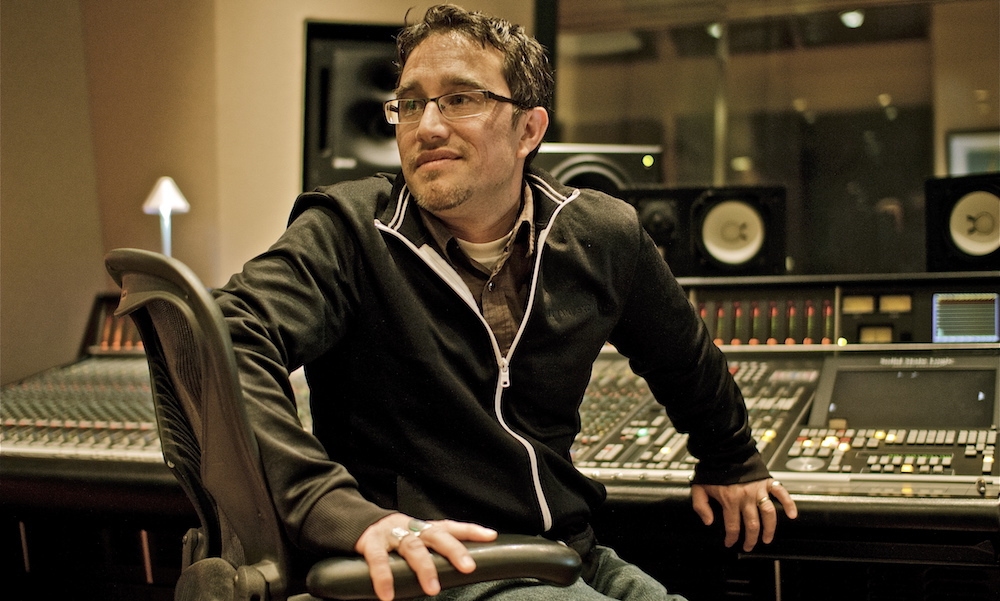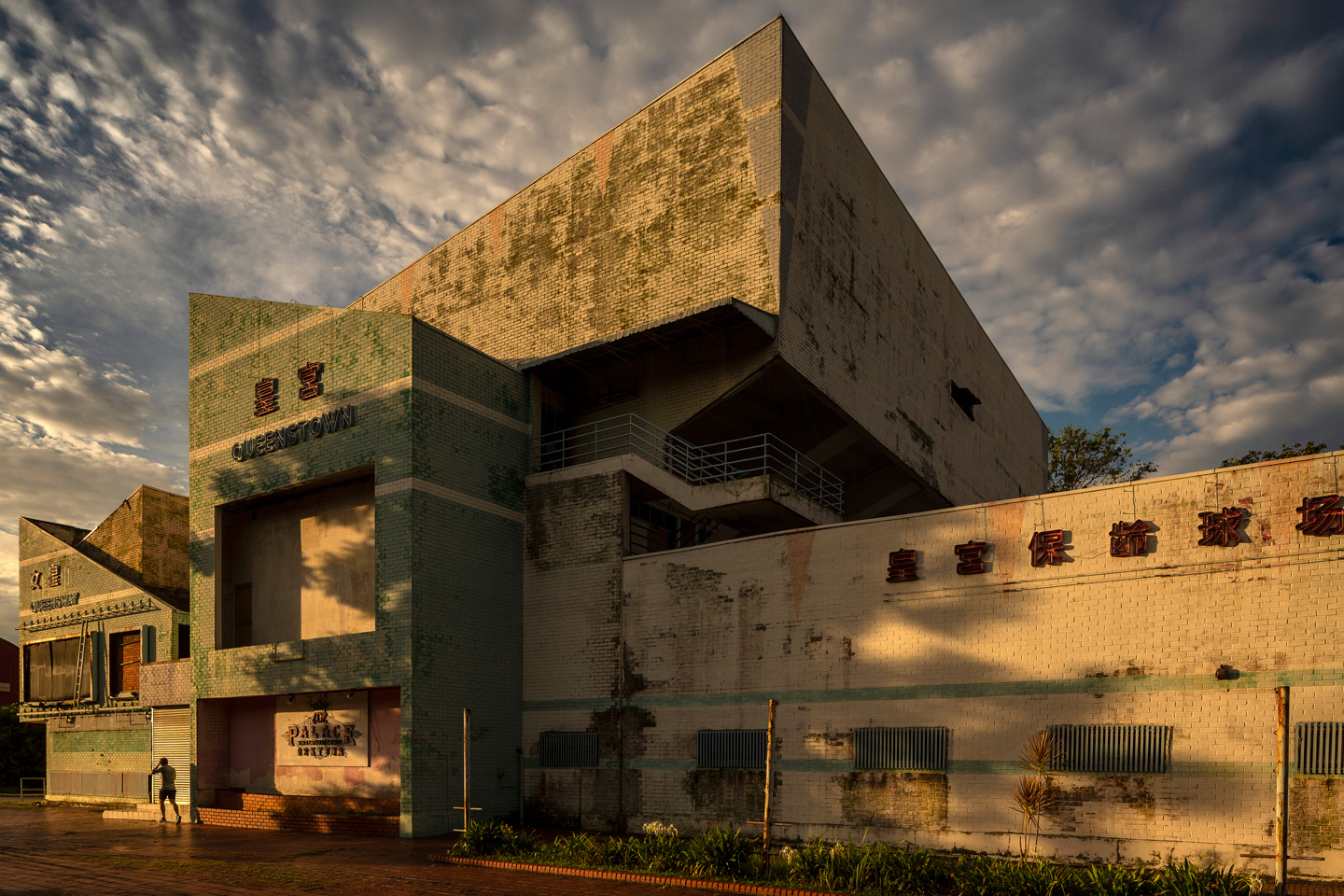As with many professional creatives, my work often includes some level of collaboration with fellow artists, technical personnel, and/or executive overseers. After expectations, goals, and roles are clarified I first tend to focus on the big picture for my piece of the work, letting small details present themselves organically. Leaving room for the magic and challenge which chance and improvisation can bring is for me one of the most exciting aspects of creating.
For a recent commission by renowned San Francisco choreographer Robert Moses, I was tasked with creating multiple musical pieces for a production called Trick Bags/Trap Doors/Painted Corners. Thematically, the work related to the dangers of raising children to believe in “colorblindness” and “meritocracy” in contemporary American culture. What happens when parents teach their children to expect that everyone is treated equally and that all people are judged on the simple merits of their deeds and works… and then they go out in the world and find out that is not the case? Who is to blame when a child falls through the trap door of that misleading paradigm? And what kind of cognizant recovery is possible after such a perceived betrayal?
Many objectives, but one special challenge artists face
So the big picture here, aside from creating music which would be conducive to movement, was to convey a sense of the deep emotions and struggles involved in parenting.
Much is currently being written and sung about the role of the artist in critical times and historically, hundreds of great songs have been written about racism, injustice, and the powerful impact of parental influence — from “Strange Fruit” to Gil Scott Heron to Public Enemy and beyond. How does one make room for new work about these subjects when such masterpieces exist in the canon already?
Why reinventing the wheel is absolutely required — even if it gets a bad rap
One solution which often works for me when faced with that challenge is reinventing the wheel. Reinventing the wheel often gets a bad rap, but I have found that it is sometimes absolutely required. Like when the limits of a given form have been exhaustively explored or when colossally successful previous efforts by others are venerated in the minds of many.
Contrary to the sensibilities of managers everywhere who are right now telling someone not to do it, reinventing the wheel doesn’t have to be redundant or confining; it can be both fresh and freeing. All it takes is the willingness — and courage — to get to the heart of the themes at hand, with one eye stayed on the big picture.
 In this case, I knew I wanted “Who Will Bury Me?”, the centerpiece track for Trick Bags/Trap Doors/Painted Corners, to revolve around:
In this case, I knew I wanted “Who Will Bury Me?”, the centerpiece track for Trick Bags/Trap Doors/Painted Corners, to revolve around:
- a repeated plainsong-like melody (sung by vocalist Bryan Dyer),
- fragmented drum patterns, and
- constantly changing electronic/synthesizer textures
An unusual way to capture key elements to multitrack
These are three simple, discrete elements comprising a re-invention of what might have been the first song ever. The need to protect our children is one of the most primal and instinctual feelings — as is the impulse to cry out in pain with our voices. The drum was inarguably the first instrument aside from the human voice, and here it alternates between frantic pulse and chaotic accents. The unyielding (and sometimes dissonant) electronics push us into the whirring, buzzing 21st century, while the question continues to be asked (and not answered). The final result is not so much a song as it is an existential plea in sonic form.
I worked with veteran engineer Gabriel Shepard at 25th Street Recording in Oakland for these sessions and he proved a game collaborator for the unorthodox recording scenario I had planned. Because the singular vocal line is so central to what the piece is all about, I wanted the vocals to be tracked first, along with the electronic textures. I added the drums last, responding both to the nuances in Bryan’s shifting renderings and the undulating synthesizer parts.
Who Will Bury Me? feat. Bryan Dyer by PC Muñoz
Both new and familiar, an emotionally satisfying live debut
When I finally saw the production live, I was floored. Coupled with Robert Moses’ dynamic choreography and the performances of his dancers, the piece ended up being immensely satisfying to witness as music maker, and supremely emotional as a spectator.
Every day, creatives are asked to deliver work that is somehow both new and familiar-seeming. Pop music executives have always insisted that the biggest hit records are usually just slight variations of what came before — a curveball here, an improvised left turn there. It is important to remember that we don’t need to be intimidated by the excellence of what is already out there — like the wisdom of your ancestors, it is there for you to utilize. And reinvent, if necessary.
—
PC Muñoz uses Seagate products to help bring his music to life.
PC Muñoz is a recording artist, drummer, and writer based in San Francisco. His body of work includes recordings and performances across multiple mediums, from GRAMMY®-nominated contemporary classical music to CMJ-charting funk songs and modern dance/multimedia productions. His work, a text-driven combination of free jazz frenetics, contemporary electronics, and insistent funk rhythms, has been praised by NPR, Performing Songwriter, DownBeat, Jazz Weekly, and many others. His upcoming full-length album Physical Science, which includes a few pieces from the “Trick Bags…” production, is slated for a Spring 2018 release. Visit pcmunoz.com for more information.







